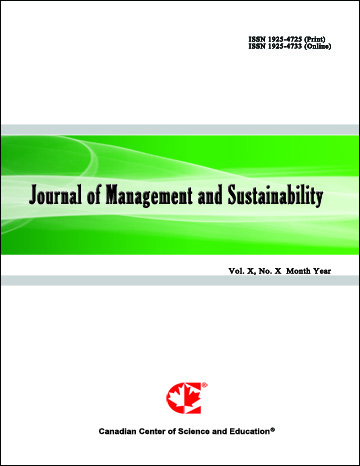Capital Structure, Turnover, and Stock Return: The Case of the Firms in the Nikkei 225
- Chikashi Tsuji
Abstract
This paper investigates the risk and return relations of the turnover ratio of trading and capital structure based portfolios, which include the Nikkei 225 firms in Japan. The findings derived from our investigations are summarized as follows. First, portfolio risk is statistically significantly reduced in our lowest debt ratio and lowest turnover portfolio; second, portfolio risk statistically significantly increases in our highest debt ratio and highest turnover portfolio. Third, although risks of portfolios change in accordance with the levels of debt ratios and turnover ratios, these risks are not rewarded with higher returns as Sharpe ratios are not statistically different in our different risk portfolios. Finally, from the viewpoint of time-series analysis, time-varying risk of each portfolio is not clearly priced in stock markets, either.
- Full Text:
 PDF
PDF
- DOI:10.5539/jms.v4n1p84
Journal Metrics
Google-based Impact Factor (2021): 1.54
h-index (July 2022): 37
i10-index (July 2022): 147
h5-index (2017-2021): 12
h5-median (2017-2021): 19
Index
- Academic Journals Database
- ANVUR (Italian National Agency for the Evaluation of Universities and Research Institutes)
- CAB Abstracts
- CNKI Scholar
- EconBiz
- Excellence in Research for Australia (ERA)
- GETIT@YALE (Yale University Library)
- Harvard Library
- HeinOnline
- Infotrieve
- JournalTOCs
- LOCKSS
- MIAR
- PKP Open Archives Harvester
- RePEc
- Scilit
- SHERPA/RoMEO
- Stanford Libraries
- UCR Library
Contact
- Evelyn XiaoEditorial Assistant
- jms@ccsenet.org
